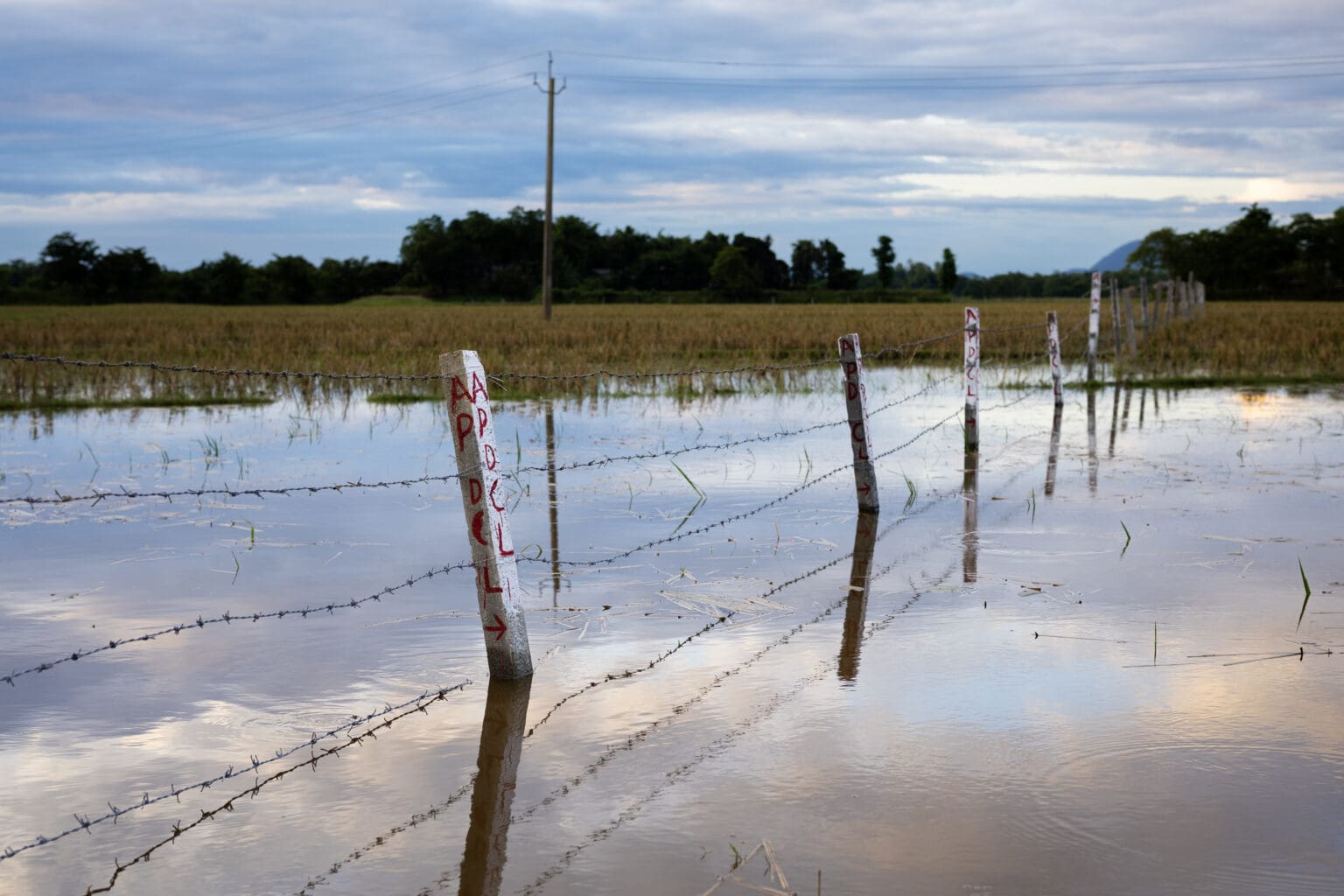
“We have been living here since the time ‘ek sher’ (about one kilo) of rice cost just 8 to 12 annas,” said 80-year-old Rahima Khatun, a resident of Santoshpur village. “I have all the documents– maybe even more than Himanta Biswa Sarma’s family has. How can he evict us from this land?”
As the Assam government plans to make a 3400 MW thermal plant in Dhubri district, hundreds of Miya Muslim families residing in the area are living under the fear of eviction.
The thermal power generation project, under the Assam Thermal Power Generation Project Promotion Policy 2025, will be set up at Chirakuta Charuabakhra village in the district and has been touted as a step towards energy efficiency and job creation in the state.
Spanning over 5000 bighas of land across four villages, locals alleged that the project will impact at least 10000 people, mostly landless Miya Muslims, predominantly associated with agriculture and fishing. Residents from Charuabakhra, Santoshpur, Chirakuta Part-1 and Chirakuta Part-2 villages fear that the government will evict them from their ancestral land.
Amid concerns of rights violations and forced eviction raised by activists and locals, Assam chief minister Himanta Biswa Sarma visited the proposed site on 24 June 2025.
According to a PTI report, the state government had selected a site in a tribal dominated area in Kokrajhar district, but widespread protests by residents forced the government to shift the project to Dhubri.
Rights activists and community leaders sounded alarm that such large-scale evictions in Muslim-majority areas under the guise of infrastructure development could deepen communal divides in Assam. They are calling for transparency, public consultation, and fair compensation before any further step is taken.

The government has been undertaking forced evictions in recent years, mostly targeting the Miya Muslims in the state. The eviction drives in Dholpur in Darrang, Kachutali in Kamrup, as well as recent displacements at Hasila Beel in Goalpara, have led to the loss of homes, land, and livelihoods for thousands of flood-affected Miya Muslim households, often without proper rehabilitation. These evictions were accompanied by a heavy police presence, demolition of homes, and instances of violence, such as the police firing during the Dholpur eviction, which resulted in the deaths of two locals and left many others injured.
This story was originally published in maktoobmedia.com. Read the full story here.

